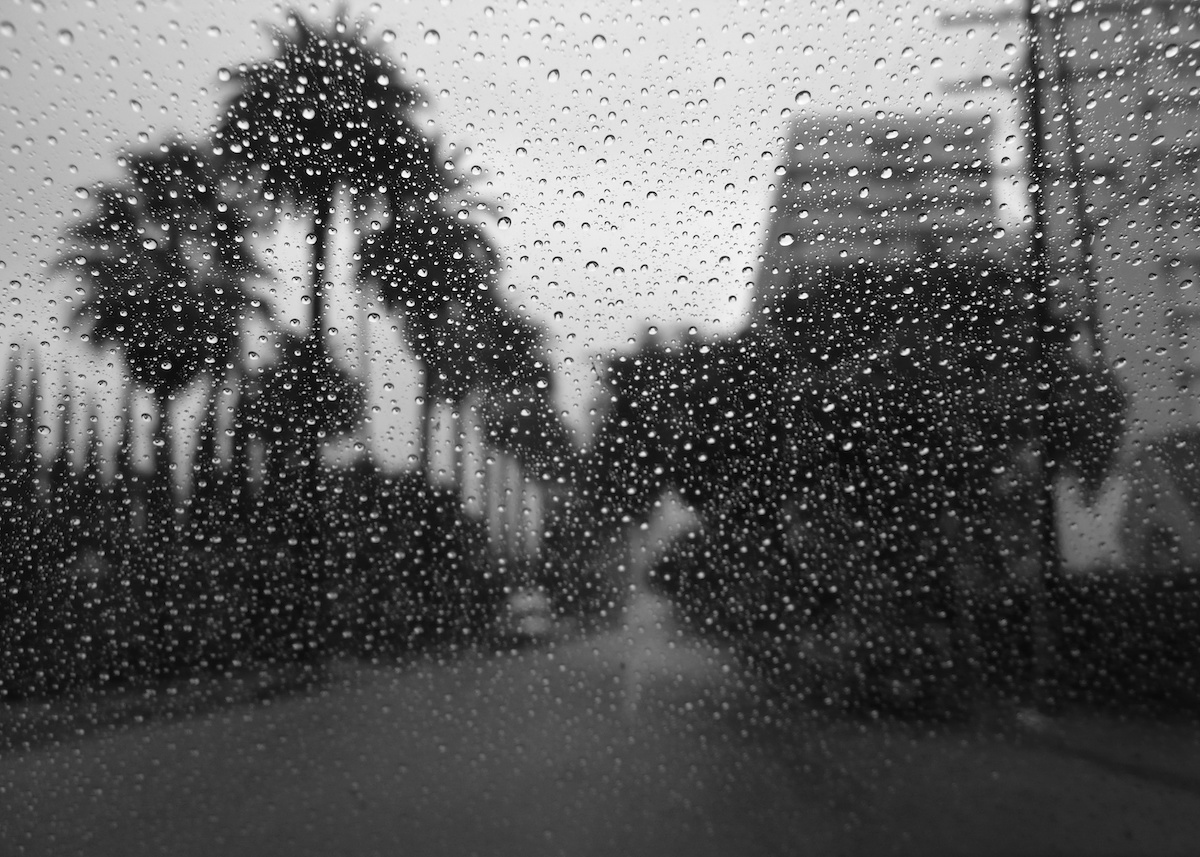Jet Stream Brings California Rain, But Not Relief
4:46 minutes

California has been experiencing its wettest winter in decades. That’s all thanks to the jet stream that has mercifully settled itself over the state, dumping more than 15 inches of rain on cities like Los Angeles, a three-fold increase over last year. That’s good news in a state that has chronic water management issues and what feels like only recently recovered from a devastating multi-year drought. The bad news? Researchers say that thanks to climate change and forest management practices, a wet winter like this one will no longer make a difference come next year’s wildfire season.
Valerie Trouet, Associate Professor of Dendrochronology at the University of Arizona joins Ira to discuss the good thing—and the bad thing—about California’s wintertime rain.
Valerie Trouet is an associate professor of Dendrochronology at the University of Arizona in Tucson, Arizona.
IRA FLATOW: Now it’s time to play good thing, bad thing.
[MUSIC PLAYING]
Because every story has a flip side, California has been experiencing its wettest winter in decades. And that’s all thanks to that jet stream that has dumped more than 15 inches of rain on cities like LA since October. That’s a good thing in a state that has chronic water management issues. The bad news? Researchers say that thanks to climate change, a wet winter like this one will no longer make a difference come next year’s wildfire season. Here to tell us more is my guest Valerie Trouet, associate professor of dendrochronology at the University of Arizona. Welcome to Science Friday.
VALERIE TROUET: Thank you. Thanks for having me.
IRA FLATOW: So let’s talk about this. There must be an upside to California getting all that rain, right?
VALERIE TROUET: Most definitely. So California’s been in a drought, a five-year drought, over the past years, from 2012 to 2016, and so it’s high time that some of its water reservoirs are refilled, which is happening now. Especially in a state like California, like you said, that needs water for its agriculture, for its ecosystems, for its people. Especially because California has a Mediterranean climate, so it really only receives water in winter. And so all the water it’s going to get this year is what is falling now.
IRA FLATOW: Hmm. That’s interesting. I didn’t look at it that way. And so why is this an especially rainy winter this year?
VALERIE TROUET: So an important reason why it’s a rainy winter is the position of the jet stream. So the jet stream or the winds high up in the atmosphere, about the elevation, where airplanes fly. And these winds blow in an eastward direction across the entire northern hemisphere and the southern hemisphere. And so they bring moisture from the Pacific Ocean towards the American West Coast.
And when a jet stream is positioned straight over California, as is the case this winter, then it brings a lot of moisture over California. What happened, for instance, during the 2012-2016 drought is that there was a high-pressure system sitting over the eastern Pacific, which diverted the jet stream and diverted the storms that come with the jet stream. And so the jet stream was positioned further north.
IRA FLATOW: So what is the bad news here about the winter-summer relationship?
VALERIE TROUET: So we used tree rings. I’m a dendrochronologist. I study the rings in trees. And in this study, we used them for two purposes, one, to look at jet stream dynamics back to 1600, and on the other hand, to look at wildfire in California over the same period of time. And what we found is that prior to the 20th century, years like this one, where the jet stream was positioned straight over California, you would almost be guaranteed a mild fire season the following summer, because you get winters wet, or moist forests that didn’t burn easily.
What we find is after the 20th century, starting at the start of the 20th century, that connection between the position of the jet stream and wildfires in California has weakened to the extent that in most recent decades, there’s no connection between them anymore at all.
IRA FLATOW: So you can’t depend on having a wet winter then having a moderate fire season?
VALERIE TROUET: Exactly. That’s no longer a guarantee. It’s possible that you’ll have a mild fire season, but it’s no longer guaranteed.
IRA FLATOW: Any link to climate change here?
VALERIE TROUET: Right. Exactly. So the reasons why that’s the case is that with globally rising temperatures, also in California, the temperatures are rising, and so you get summer droughts even after a wet winter. You can get summer droughts, because it’s hotter. So the drought is not just a function of how much moisture there is, but also the temperature. So weather with warmer temperatures, you get drier conditions.
IRA FLATOW: Yeah, so it’s–
VALERIE TROUET: So in addition to that–
IRA FLATOW: I’m sorry. Go ahead.
VALERIE TROUET: In addition to that, there’s a sensory of fire suppression that happened in California. So we’ve started putting out fires around the start of the 20th century.
IRA FLATOW: All right. We’re going have to leave it there, Dr. Trouet. Thank you for taking time to be with us today. Valerie Trouet, associate professor of dendrochronology at the University of Arizona.
Copyright © 2019 Science Friday Initiative. All rights reserved. Science Friday transcripts are produced on a tight deadline by 3Play Media. Fidelity to the original aired/published audio or video file might vary, and text might be updated or amended in the future. For the authoritative record of Science Friday’s programming, please visit the original aired/published recording. For terms of use and more information, visit our policies pages at http://www.sciencefriday.com/about/policies/
Katie Feather is a former SciFri producer and the proud mother of two cats, Charleigh and Sadie.